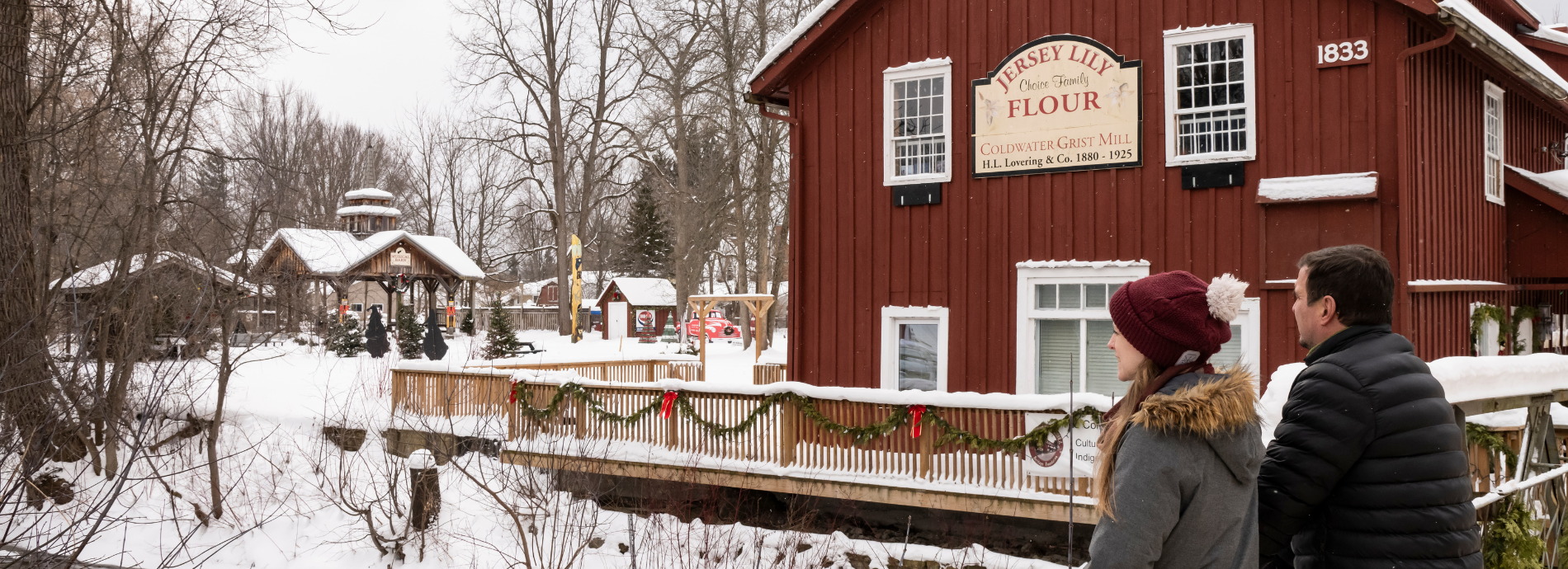Fire Prevention
The best way to protect yourself and your family during a fire emergency is to be prepared and know how to respond.
Book a fire inspection
Contact us to book a fire and life safety inspection. For example, you may need an inspection to operate a daycare or early childcare centre.
Smoke alarms
According to the Ontario Fire Code, all homes must have a working smoke alarm on each storey and outside all sleeping areas. Make sure your smoke alarms are working by:
- testing your smoke alarms at least once a month
- changing batteries at least once a year
- replacing smoke alarms that are over 10 years old
Carbon monoxide alarms
You must have a working carbon monoxide alarm in your home if you have:
- oil, propane or gas-burning appliances, furnace or water heater
- a wood or gas fireplace
- an attached garage
Create a home escape plan
If a fire starts in your home, you may only have a few minutes to get out safely. Everyone in your home needs to know where to go and what to do in a fire emergency. Here are some steps to help you make a home escape plan.
Draw a floor plan |
|
Draw a floor plan of your home that includes all doors and windows. Identify at least two exits from each room in your house. |
Set a meeting place outside |
|
Identify a meeting place outside of your home, such as a tree, pole or mailbox. The meeting place should be a safe distance from your home. This is where everyone in your home will plan to meet during a fire. |
Call 911 |
|
During a fire emergency, call 911 once you're safely outside of your home. If you're practising the home escape plan, don't call emergency services. |
Practise the escape plan |
|
Practise the escape plan with all members of your household. Practise during the day and at night at least twice per year. Try different escape routes each time and teach children to escape on their own, in case you're unable to help them. |
Fire safety plans
Contact us to book your fire safety plan training. We can help you develop a fire safety plan and provide you with resources.
Make sure the fire safety plan is available to everyone in the building for review and that you clearly post fire emergency procedures throughout the building.
What buildings require a fire safety plan?
A fire safety plan is required for the following buildings:
- assembly occupancy
- care occupancy
- care and treatment occupancy
- detention occupancy
- residential occupancy (more than 10 occupants)
- retirement homes
- business and personal services occupancy (more than 300 occupants)
- mercantile buildings (more than 300 occupants)
- high-hazard industrial occupancy (more than 25 occupants)
- medium-hazard industrial occupancy (more than 100 occupants)
- low-hazard industrial occupancy (more than 300 occupants)












